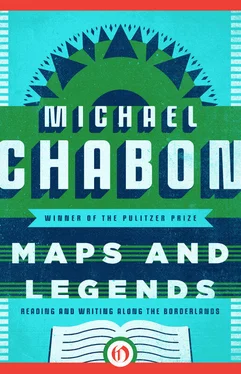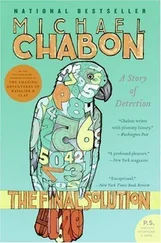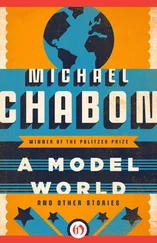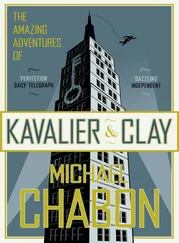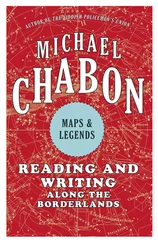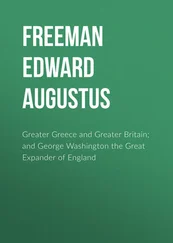* For the Ghost Who Walks.
Gotham Is Burning
A public amnesia, an avowed lack of history, is the standard pretense of the costumed superhero. From the point of view of the man or woman or child in the street, gaping up at the sky and skyscrapers, the appearance of a new hero over Metropolis or New York or Astro City is always a matter of perfect astonishment. There have been no portents or warnings, and afterward one never learns anything new or gains any explanations.
The story of a superhero’s origin must be kept secret, occulted as rigorously from public knowledge as the alter ego, as if it were a source of shame. Superman conceals, archived in the Fortress of Solitude and accessible only to him, not only his own history — the facts and tokens of his birth and arrival on Earth, of his Smallville childhood, of his exploits and adventures — but the history of his Kryptonian family and, indeed, of his entire race. Batman similarly hides his story and its proofs in the trophy chambers of the Batcave.
In theory, the costume forms part of the strategy of concealment. But in fact the superhero’s costume often functions as a kind of magic screen onto which the repressed narrative may be projected. No matter how well he or she hides its traces, the secret narrative of transformation, of rebirth, is given up by the costume. Sometimes this secret is betrayed through the allusion of style or form: Robin’s gaudy uniform hints at the murder of his circus-acrobat parents, Iron Man’s at the flawed heart that requires a life-support device, which is the primary function of his armor.
More often, the secret narrative is hinted at with a kind of enigmatic, dreamlike obviousness right on the hero’s chest or belt buckle, in the form of the requisite insignia. Superman’s “S,” we have been told, only coincidentally stands for Superman: in fact, the emblem is the coat of arms of the ancient Kryptonian House of El, from which he descends. A stylized bat alludes to the animal whose chance flight through a window sealed Bruce Wayne’s fate; a lightning bolt encapsulates the secret history of Captain Marvel; an eight-legged glyph immortalizes the bug whose bite doomed Peter Parker to his glorious and woebegone career.
We say “secret identity,” and adopt a series of cloaking strategies to preserve it, but what we are actually trying to conceal is a narrative: not who we are but the story of how we got that way — and, by implication, of all that we lacked, and all that we were not, before the spider bit us. Yet our costume conceals nothing, reveals everything: it is our secret skin, exposed and exposing us for all the world to see. Superheroism is a kind of transvestism; our superdrag serves at once to obscure the exterior self that no longer defines us while betraying, with half-unconscious panache, the truth of the story we carry in our hearts, the story of our transformation, of our story’s recommencement, of our rebirth into the world of adventure, of story itself.
My Secret Origin
I became Aztec in the summer of 1973, in Columbia, Maryland, a planned suburban Utopia halfway between Smallville and Metropolis. It happened one summer day as I was walking to the swimming pool with a friend. He wore a pair of midnight-blue bathing trunks; my trunks were loud, with patches of pink, orange, gold, and brown overprinted with abstract patterns that we took for Aztec (though they were probably Polynesian). In those days, a pair of bathing trunks did not in the least resemble the baggy board shorts that boys and men wear swimming today. Ours were made of stretchy polyester doubleknit that came down the thigh just past the level of the crotch, and fashion fitted them with a sewn-on false belt of elastic webbing that buckled at the front with a metal clasp. They looked, in other words, just like the trunks favored by costumed heroes ever since the last son of Krypton came voguing down the super-catwalk, back in 1938. Around our throats we knotted our beach towels (his was blue, mine a fine 1973 shade of burnt orange), those enchanted cloaks whose power Mr. Spector had failed to understand or to recall from his own childhood. They fluttered out behind us, catching the breeze from our imaginations, as Darklord and Aztec walked along.
Darklord carried a sword, and wore a Barbuta helmet, with a flowing crusader cloak and invulnerable chain mail of “lunar steel.” Aztec wore tights and a feathered cloak and wielded a magic staff tipped with obsidian. We had begun the journey that day, through the street-melting, shimmering green Maryland summer morning, as a pair of lonely boys with nothing in common but that loneliness, which we shared with Superman and Batman, who shared it with each other — a fundamental loneliness and a wild aptitude for transformation. But with every step we became Darklord and Aztec a little more surely, a little more irrevocably, transformed by the lantern-green rays of fancy, by the spider bite of inspiration, by the story we were telling one another and ourselves about two costumed superheroes, about the new selves that had been revealed by our secret skin.
Talking, retying the knots of our capes, flip-flops slapping against the soles of our feet, we transformed not only ourselves. In the space of that walk to the pool we also transformed the world, shaping it into a place in which such things were possible: the reincarnation of an Arthurian knight could find solace and partnership in the company of a latter-day Mesoamerican wizard. An entire world of superheroic adventure could be dreamed up by a couple of boys from Columbia, or Cleveland. And the self you knew you contained, the story you knew you had inside you, might find its way like an emblem onto the spot right over your heart. All we needed to do was accept the standing invitation that superhero comics extended to us by means of a towel. It was an invitation to enter into the world of story, to join in the ongoing business of comic books, and, with the knotting of a magical beach towel, to begin to wear what we knew to be hidden inside us.
Earlier versions of “Secret Skin: An Essay in Unitard Theory” appeared in The New Yorker (March 10, 2008) and in the introduction of Superheroes, published by the Metropolitan Museum of Art, New York, 2008.
A BIOGRAPHY OF MICHAEL CHABON
Michael Chabon is an acclaimed and bestselling author whose works include the Pulitzer Prize — winning novel The Amazing Adventures of Kavalier & Clay (2000). One of America’s most distinctive voices, Chabon has been called “a magical prose stylist” by the New York Times Book Review , and is known for his lively writing, nostalgia for bygone modes of storytelling, and deep empathy for the human predicament.
Born to two lawyers, Robert and Sharon, in Washington, DC, in 1963, Chabon was raised in Columbia, Maryland. As a young boy, he became interested in writing and storytelling through the encouragement of his teachers. His parents divorced when he was eleven, and his father moved to Pittsburgh, Pennsylvania. Until Chabon graduated high school, he would spend nine months a year with his mother in Maryland and summers with his father in Pittsburgh. He then moved to Pittsburgh fulltime to attend Carnegie Mellon and Pittsburgh universities.
After receiving his undergraduate degree, Chabon sought an MFA in creative writing from the University of California at Irvine. His master’s thesis attracted the attention of professor Donald Heiney, an award-winning author, who sent the manuscript to his agent without telling Chabon beforehand. The book, The Mysteries of Pittsburgh (1988), set off a bidding war among publishers and earned Chabon a large advance and bestselling success at the age of twenty-four. The experience was gratifying but disorienting. Chabon worked for the next five years on a novel called Fountain City , a sprawling manuscript that he never completed.
Читать дальше
Конец ознакомительного отрывка
Купить книгу
